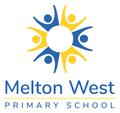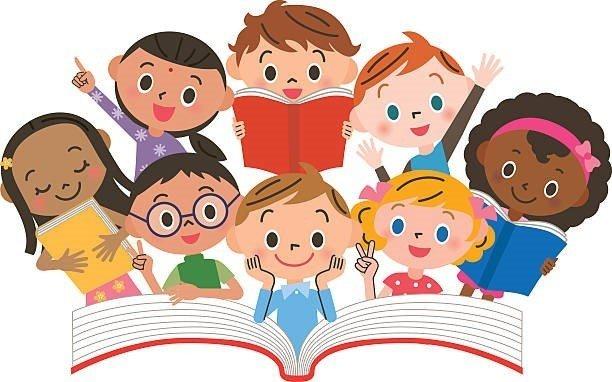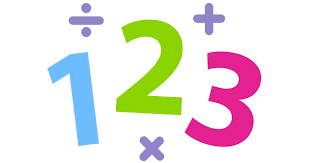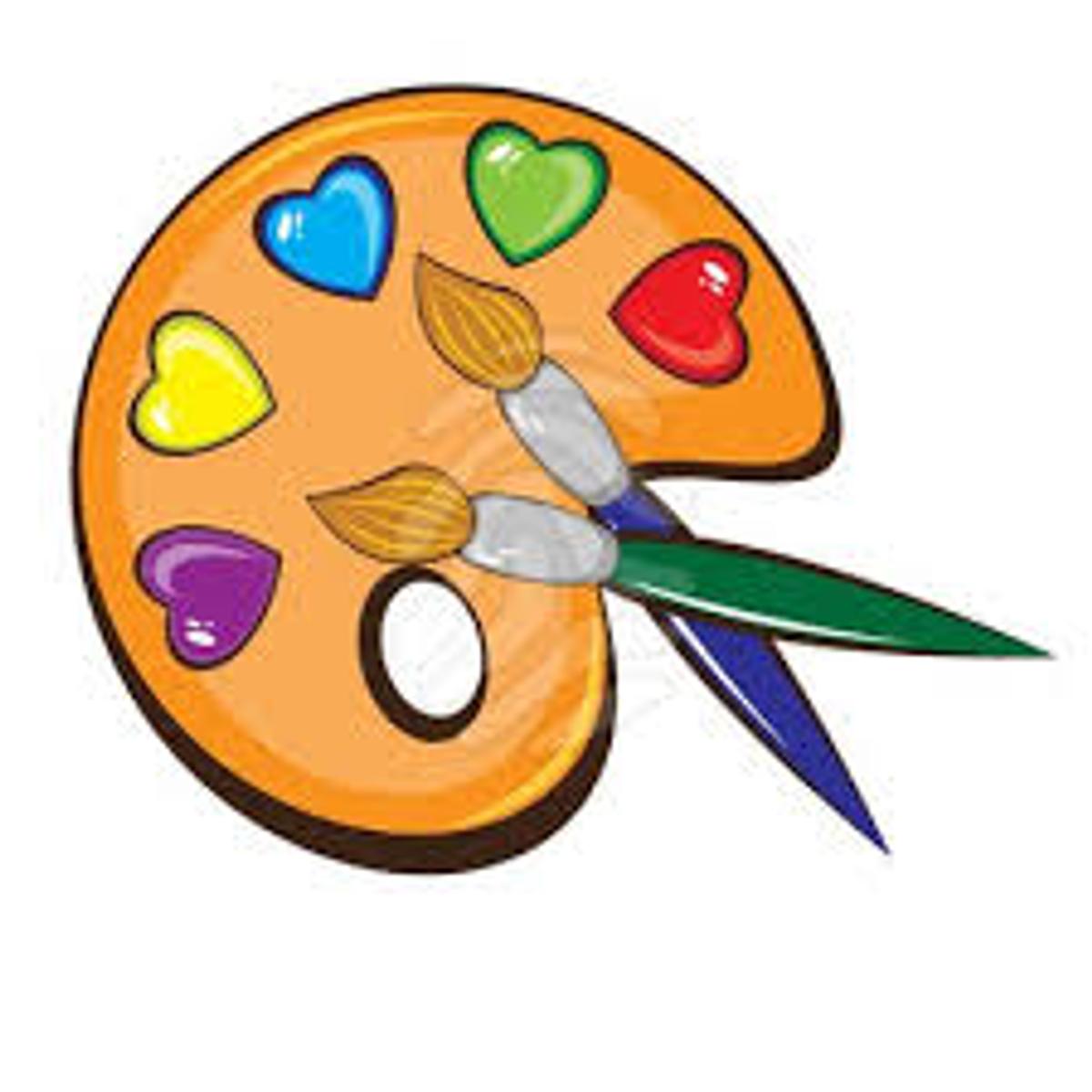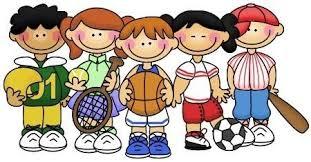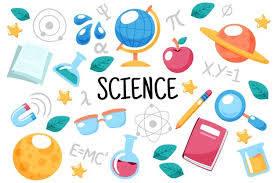Year 5/6
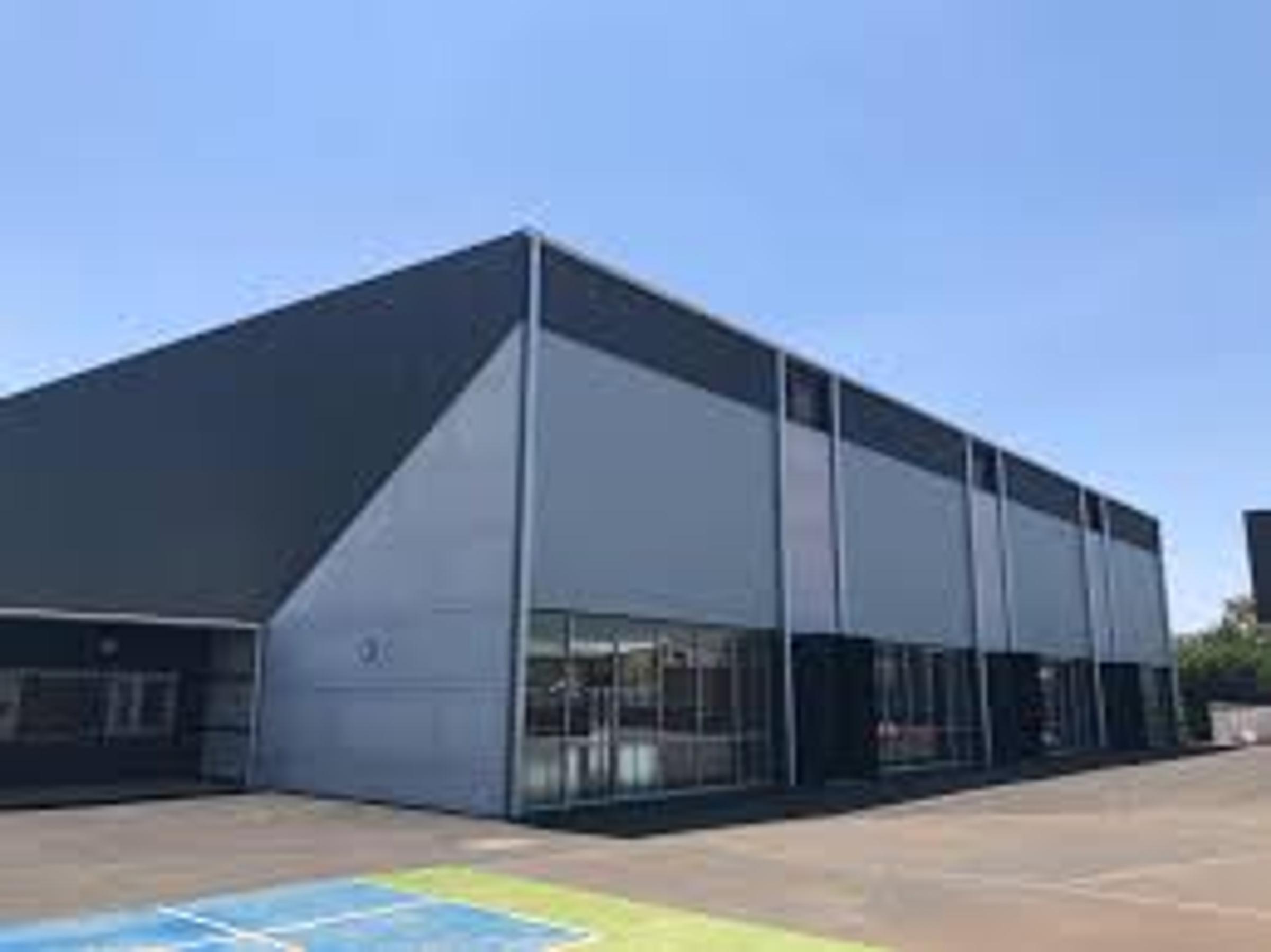
READING
During reading in term 3, students are focussing on summarising, synthesising, and questioning.
In summarising, students will be summarising both fiction and non-fiction texts. They will be learning how to summarise both orally using the iPads and written. Students will be using the 5W and 1H framework. During this unit, students will be self-assessing their written and oral summaries, identifying what they did well and what they can improve next time.
In synthesising and questioning, students will be focussing on both fiction and non-fiction texts. They will be investigating literal and non-literal information and comparing and analysing this. Students will engage in collaborative leaning, sharing and challenging opinions from the texts. They will need to use evidence to support their ideas. They will be questioning their ideas, others’ ideas, and the text.
WRITING
During our Term 3 writing units, the 5/6 students will be learning the key features of a narrative through explorations of story grammar and the differences between all types of narratives. They will be learning to include fully-developed characters, settings and events when writing their own narrative and how to incorporate their own ideas with a relating theme too. Students will follow the writing process to create a quality, jointly-constructed narrative at the beginning of the unit and then will progress to writing their own individual piece towards the end. They will demonstrate understanding of grammar and make considered choices from an expanding vocabulary to enhance cohesion and structure in their writing. Students will also be learning about. All 5/6 students will also be focusing on correct and accurate use of punctuation to support meaning within their writing. The main text type students will be creating is narrative stories.
MATHS
During mathematics in term 3, the grade 5/6 cohort will be learning about fractions and decimals. They will be learning to understand how we can model fractions in different ways to develop an understanding of fractions to tenths. Students will be using concrete materials to compare fractions in order to explore equivalent fractions both with whole objects and collections to understand that different fractions can represent the same size. We will then be connecting this understanding to learn about decimal fractions and how they show us part of a number that is not a whole and investigating the relationship between percentages, decimals and fractions.
After learning about fractions students will be looking at a financial math unit where they will research costs of items for specific events, estimate money totals when setting up a budget and subtract dollars and cents using models of money and represent the value in decimal notation. This will then set students up to be able to find the percentage of sale items and make the connection between percentage and decimal notation.
Finally, students will undertake investigations within statistics and probability to pose questions to gather data and construct various displays appropriate for the data, with and without the use of digital technology. They will compare and interpret different data sets, list outcomes of chance experiments with equally likely outcomes and assign probabilities as a number from 0 to 1.
Inquiry
Welcome back!
For those that don’t know my name is Georgia Cobbledick and I will be the new 5/6 inquiry teacher for the rest of the year.
We have a very exciting term ahead of us. We will be learning about the Stolen Generation and building our understanding of the significant events and policies in Australia’s history, and the impact such events and policies had and still have on Aboriginal people. We will explore the following key questions.
· How have the status and rights of Aboriginal people changed over time due to key events in Australia’s history?
· What was the significance of the Prime Minister’s Apology to the Stolen Generations?
· What were the policies and practices that enabled authorities to remove Aboriginal children from their families and communities?
· How did the removal of Aboriginal children by authorities affect individuals, their families and communities?
When looking at these questions we will use inquiry skills such as wonder and questioning, researching different ideas and particular problems with multiple sources and looking for patterns, investigative thinking, using visual models and language strategies, reflection on learning, etc.
Student learning will be demonstrated through our final assessment piece, a timeline of events that have occurred in Australian history. Such an engaging topic! Cannot wait to get started!
Respectful Relationships
During our respectful relationship unit in Term 3 students will engage in lessons that support their ability to use thinking strategies when dealing with difficult situations or making difficult decisions. Through this unit Grade 5/6 students will be presented with a range of scenarios where they will try to problem solve various issues collaboratively with their peers. Students will have the opportunity to role play a range of scenarios and common problems they encounter in day to day life. They will explore the most effective and positive ways to solve these problems.
ART
The 5/6 students have been working hard on their colour theory unit. Their fabulously detailed ‘Cityscapes’ incorporating warm and cool colours, will soon brighten up the halls and be displayed throughout the school. The students have started to create designs and are working hard to understand how to create the illusion of depth and texture through using lines in their work. Lines play an important part in Art and design and they are the foundation for drawing. The grade 5/6 students have been involved in choosing some of the activities for this term, some of their choices include; general drawing, Manga drawing, Aboriginal Art, Still life design and Graffiti Art - by popular demand. The students will be exposed to a variety of different practical skills to help incorporate and use lines in their artwork to intensify their designs. They will also be focusing on enhancing their work's meaning to an audience through display. In addition to our line unit, the students will incorporate pattern and shape to their designs. I look forward to extending and developing the students' skills this term, with a fun and creative art program.
LOTE
Welcome back to another exciting term! In term 3, students in years five and six will learn to create a short text to describe the current season and weather. They will learn new vocabulary for topics including different seasons, weather and countries. The students will create a dialogue to ask peers “which country do you come from?” and write it in Chinese. They will use Chinese to respond to the teacher with basic questions, e.g. what weather/season do you like? Do you like summer? Which country are you from?
PE
Welcome back to term 3 grade 5/6 cohort! We have plenty to get through this term along with a number of exciting school sports. First off we will be starting with Australian Rules Football. We will focus on understanding the game in more depth and pick up on certain movement patterns and using space around us in an AFL game, not just following a ball around. We will be fine tuning the associated skills along with Australian Rules Football to use to our advantage. After AFL we will be moving onto some lacrosse where students will have the chance to try out the growing game for themselves. Then we move to Netball where students like in Australian Rules Football will be learning about using the space around them to gather tactics associated with this game along with positions and zonings associated with Netball. Finally we get to finish the term with golf. Students will be learning how to effectively strike a golf ball with an iron to lift the ball off the floor rather than putting. Looking forward to an exciting jam-packed term of PE!
STEM
Welcome back grade 5/6’s to a fun-filled Semester 2 in STEM. This term, the grade 5’s will continue to focus on developing their problem solving, critical and creative thinking. The start of Term 3 sees the students investigating the engineering design process as they plan, create, and test their egg drop constructions.
The second half of term 3 will see the students focussing on Physical Sciences, learning about electrical circuits and how they provide a means of transferring and transforming electrical energy (heat and light). Students will draw circuit diagrams and construct and test circuits using light bulbs and buzzers. Additionally, students will discover the role Alessandro Volta played in the development of the first battery and explore the inner workings of a battery.
Term 3 in STEM will be full of hands-on, fun and creative learning activities – let’s see if you can shock your teacher with your creative ideas!
